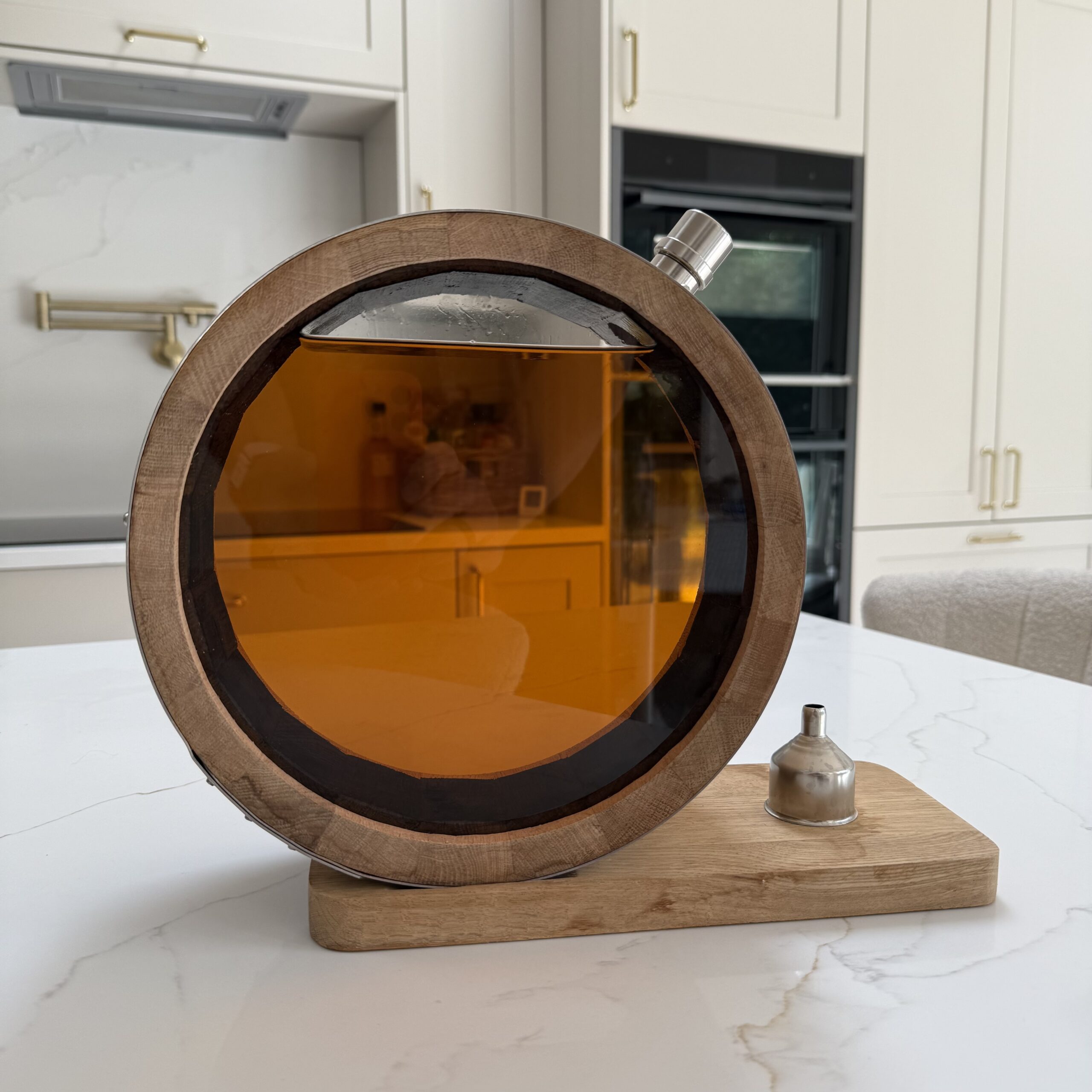Glenmorangie Signet Whisky Review
Even if for some bizarre reason, you’re not yet a fan of whisky, chances are you will almost certainly have heard of Glenmorangie whisky.
Glenmorangie have been a mainstay in the world of whisky for as long as we can remember. The distillery itself was founded back in 1843 in Tain, so it is in the heart of the Highlands. With its water source coming from Tarlogie Springs of the Tarlogie Hills, the whisky they produce is crisp, smooth, loaded full of depth and body, and is extremely moreish.
With 6 wash stills and 6 spirit stills, the distillery is very busy, producing 6,000,000 litres of spirits every single year.
Glenmorangie single-malt may be a common sight on supermarket shelves across the UK, but don’t let that fool you, they’re more than capable of producing a premium quality whisky, which is precisely what they have done with their exceptional Signet release.
First and foremost, if you’re expecting a slightly more upmarket version of Glenmorangie’s standard whisky that you’d find on Tesco’s shelves, this is not the tipple for you. Glenmorangie Signet is a whole other beast entirely, and is so much more than a typical supermarket-grade whisky, not that there’s anything wrong with those.
Signet is a no-age statement whisky that Glenmorangie fans will enjoy, as well as more seasoned whisky drinkers and connoisseurs alike. One look at this whisky and you just know you’re looking at a premium beverage. The bottle and the packaging just screams ‘opulence’. This is their ultra-premium core release which has been created with a marriage of different whiskies that have been produced from two unique types of malted barley.
The first barley is a single estate Cadboll variety, though it is the malted chocolate barley that really steals the show here, which is typically used as the base for craft beers like you’d find in microbreweries across the country.
Distilled twice through copper pot stills by their team of 16 skilled distillers which they refer to as the ‘sixteen men of Tain’ the whisky was matured in American virgin oak barrels before being bottled at a very brisk 46% ABV.
The roasted chocolate notes that you get from the roasted chocolate malt really shine through with this dram, elevating the flavours and giving the whisky an amazing body and layers of flavour.
Tasting Notes
Okay, now that we know a little more about what goes into the whisky, let’s look at the finished product and learn how it smells, looks, and tastes.
The whisky itself looks like golden honey and is a completely natural colour that comes from the American oak casks it is matured in, before being blended in a combination of wine and sherry casks for between 6 months and 3 years.
Despite being a no-age whisky, unofficially, it sits around the 15-year mark, though Glenmorangie are focussed more on flavour instead of age, so don’t get too caught up in numbers.
On the nose, you should pick up strong butterscotch notes, vanilla, golden syrup, dried orange peel, and rich cocoa nibs.
On the palate, sweetened dark chocolate should shine through, along with sticky dates, charred oak, orchard fruits, spice, and roasted malt.
The finish is earthy and long and ridiculously smooth, with more roasted chocolate malt shining through, coupled with caramelised orange, dried berries, and a hint of cloves. This really is a special drink.
To enjoy a beverage every bit as special as the Glenmorangie Signet, or any other number of award-winning whiskies, be sure to visit https://greatdrams.com/ and see what they’re all about.
Here you’ll find a selection of rare and award-winning whiskies to suit all palates and all budgets.
Greg
You might be interested in
More from the blog
Follow greatdrams
latest articles
Latest whisky
exclusively from GreatDrams
-

The GreatDrams Signature Barrel Decanter
£200.00 – £370.00














